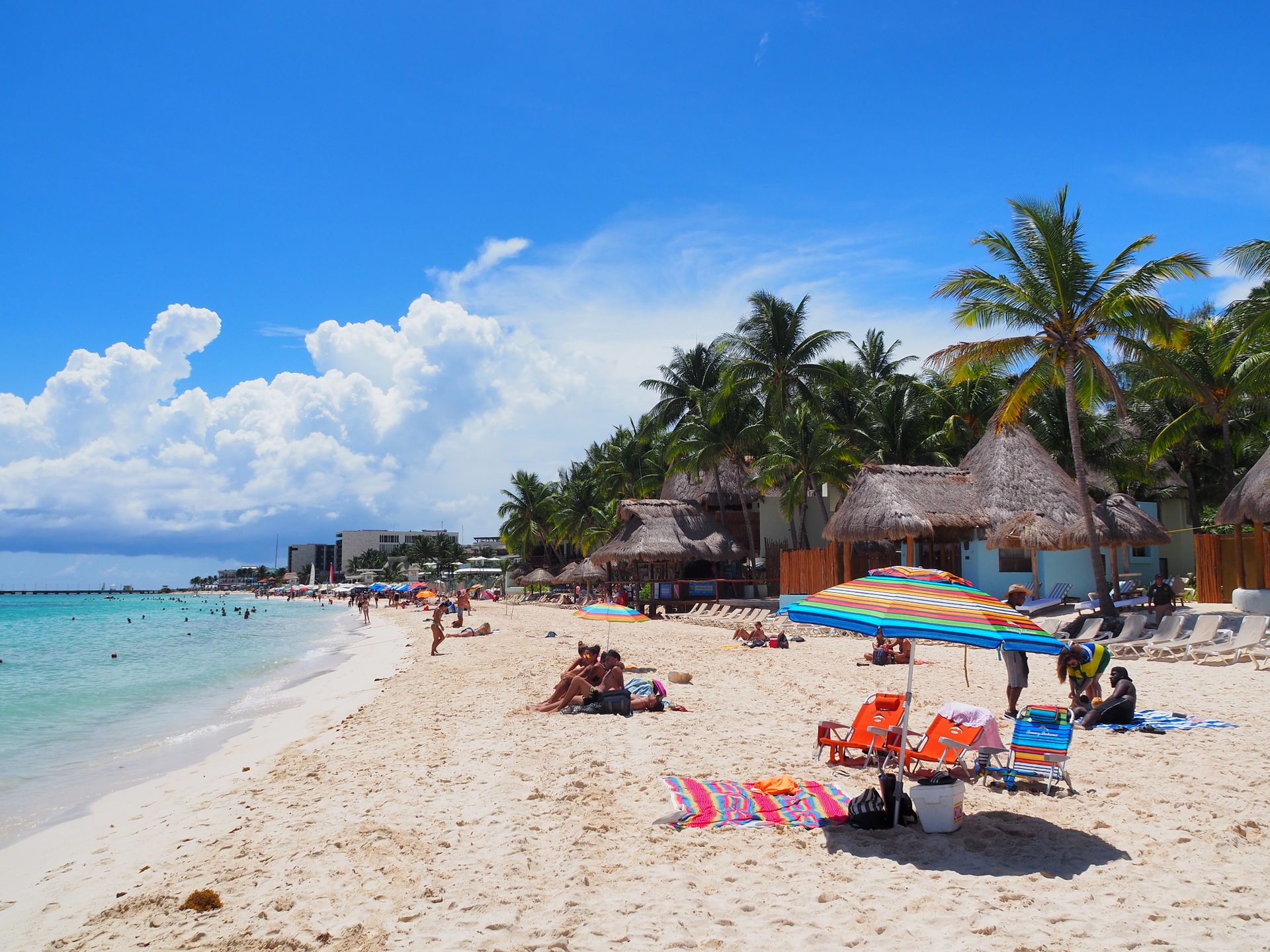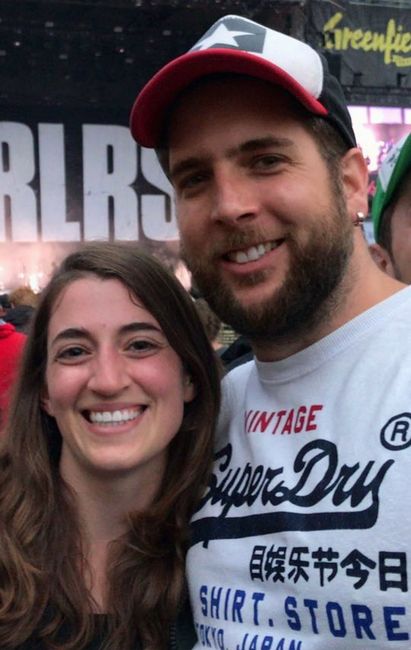Camiguin Island
Објављено: 12.04.2019
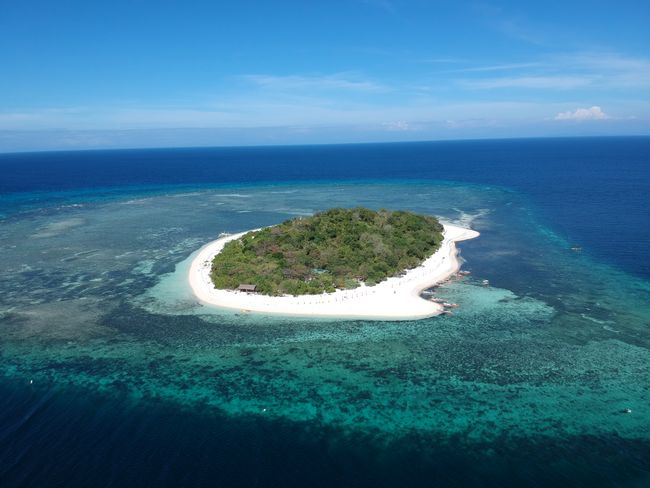
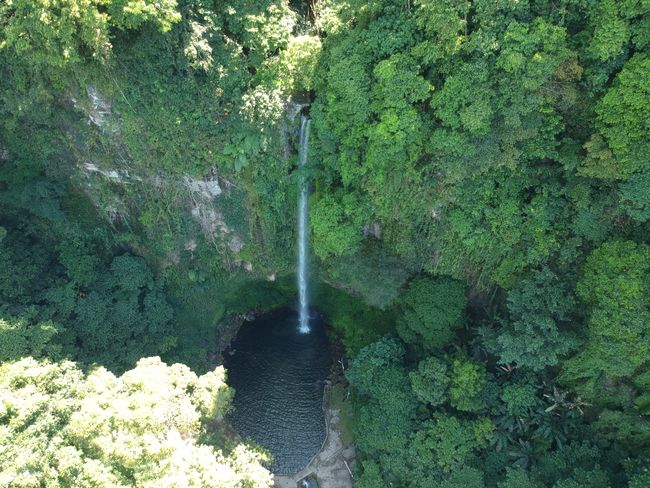
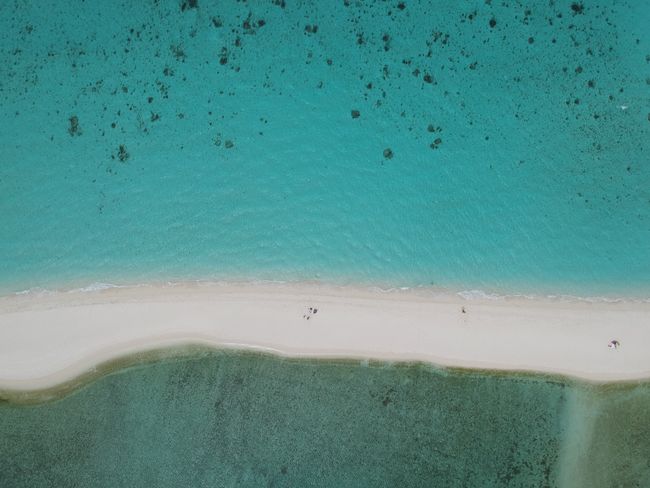
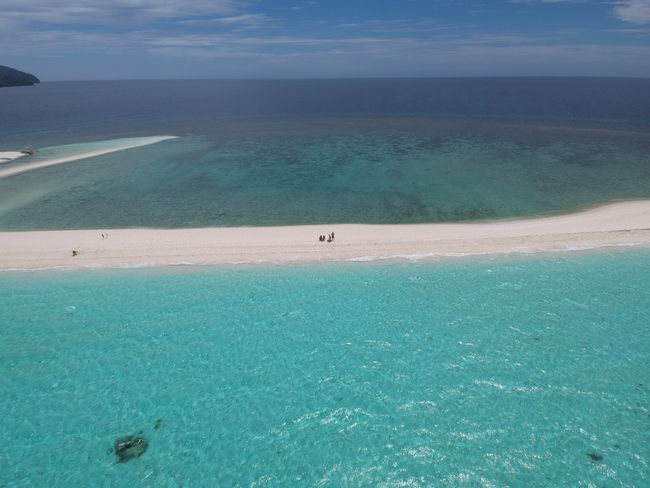
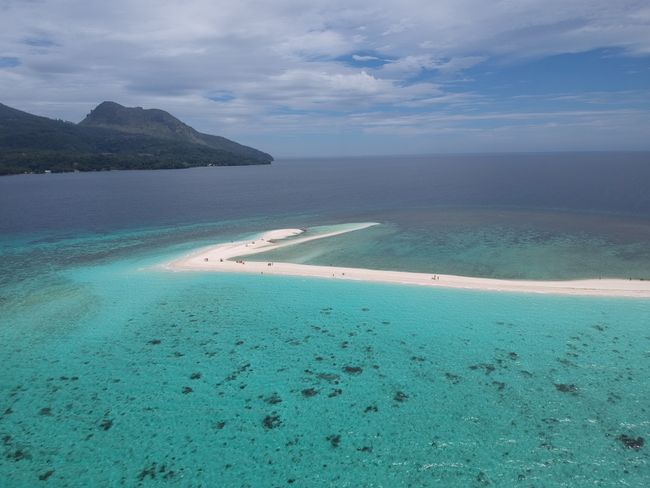
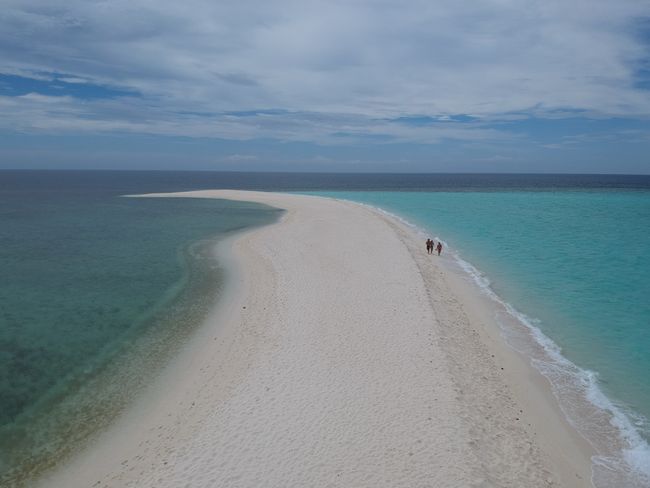
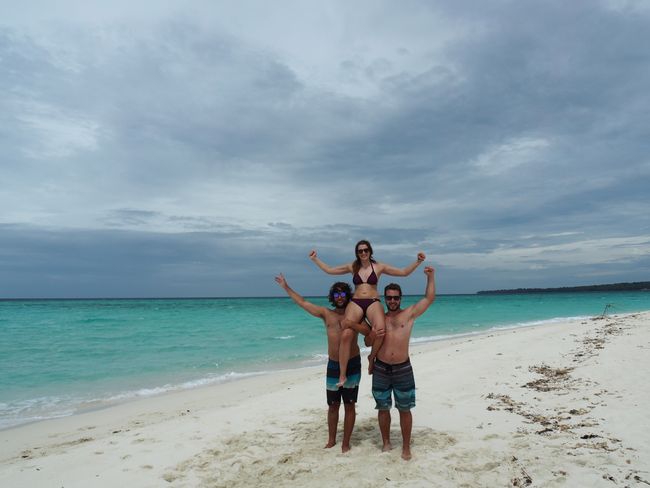
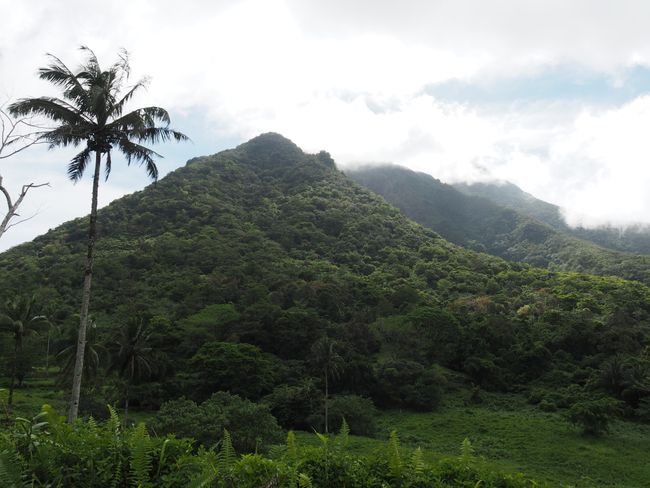
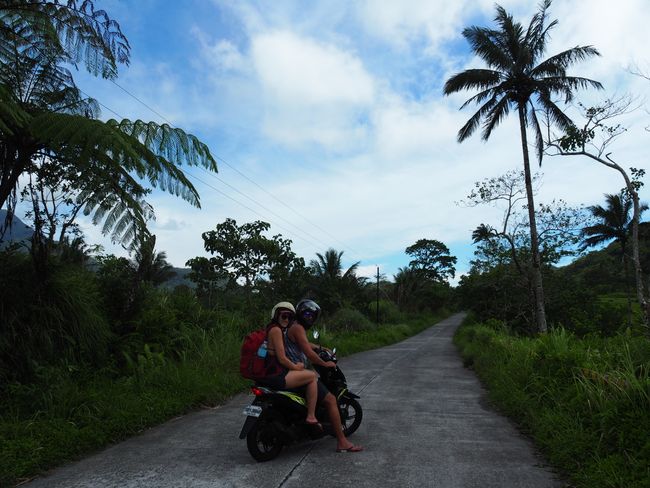
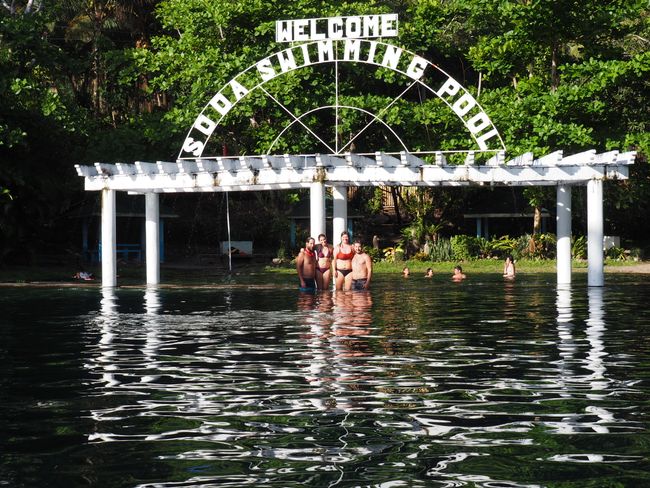
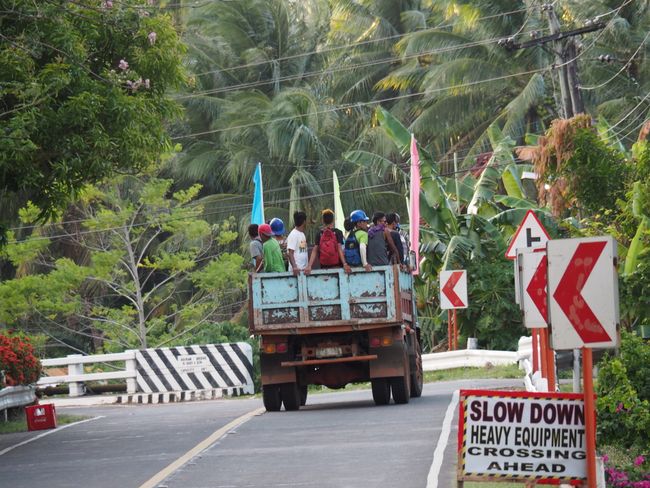
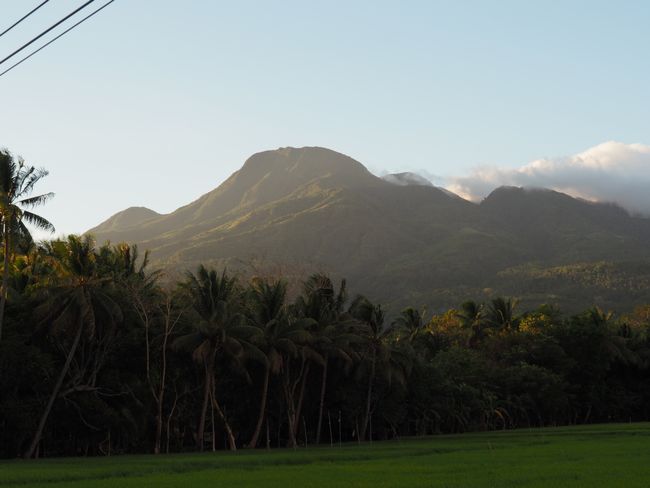
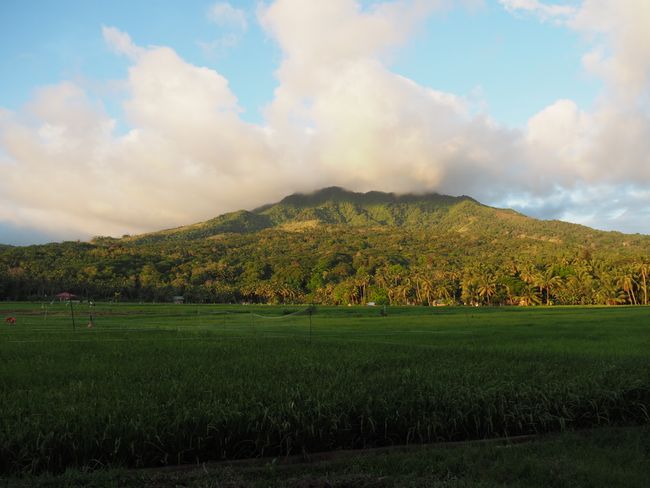
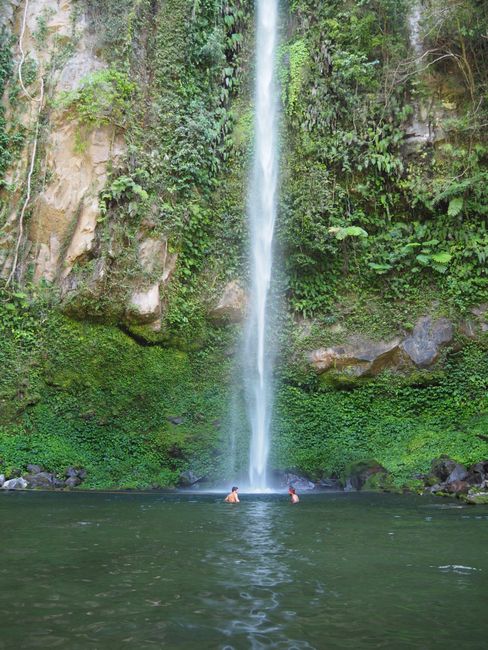
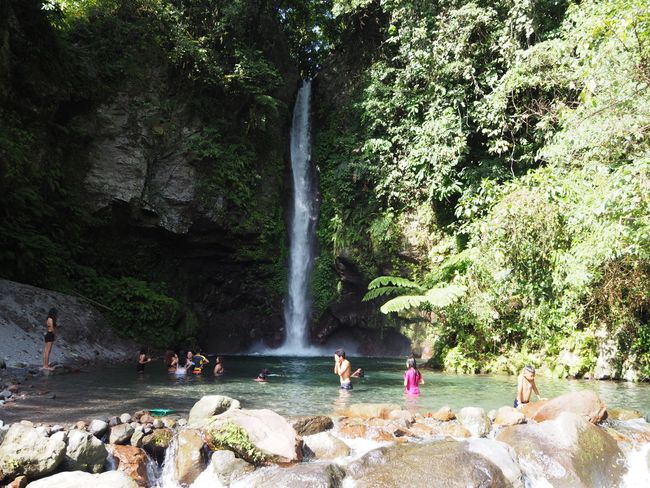
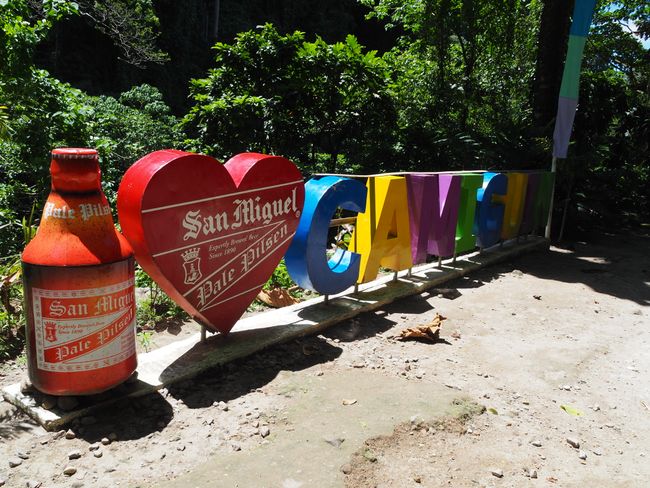
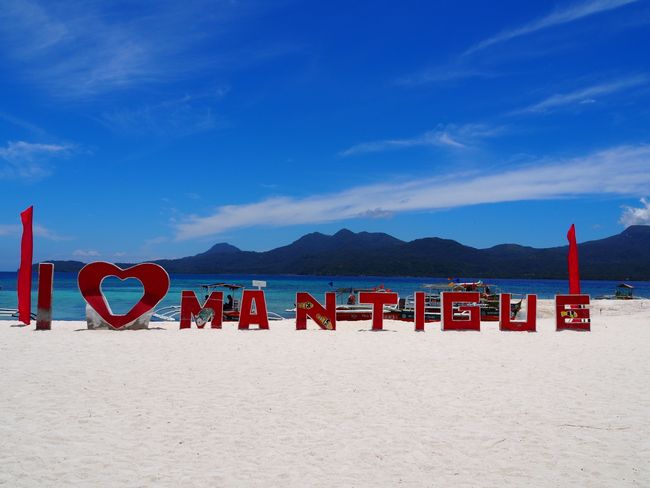
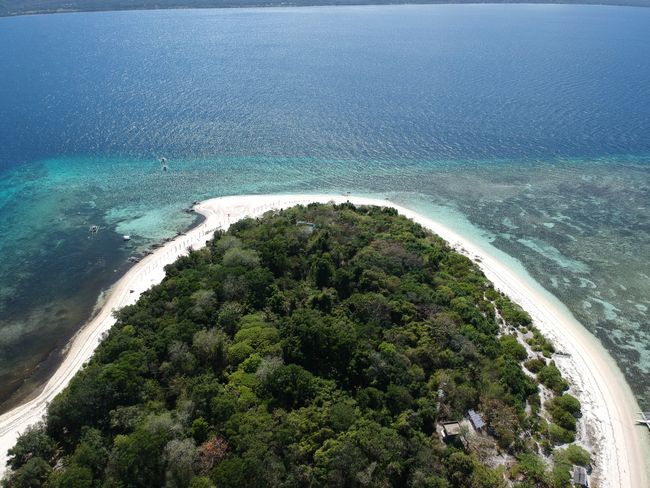
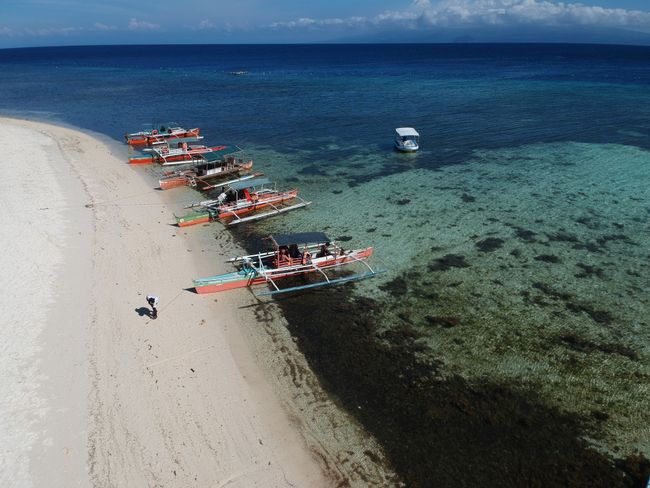
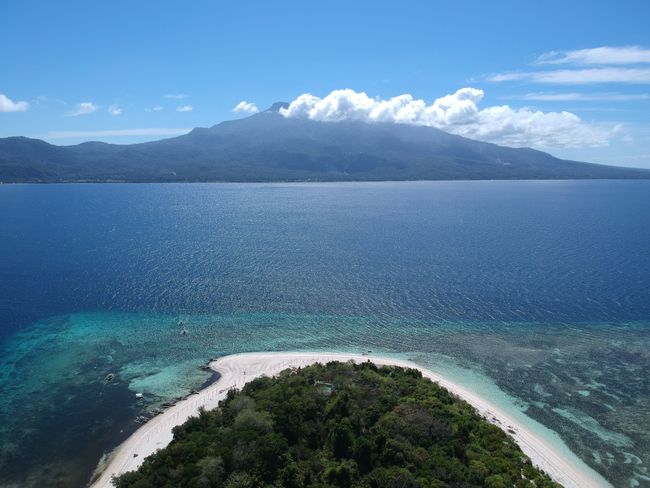
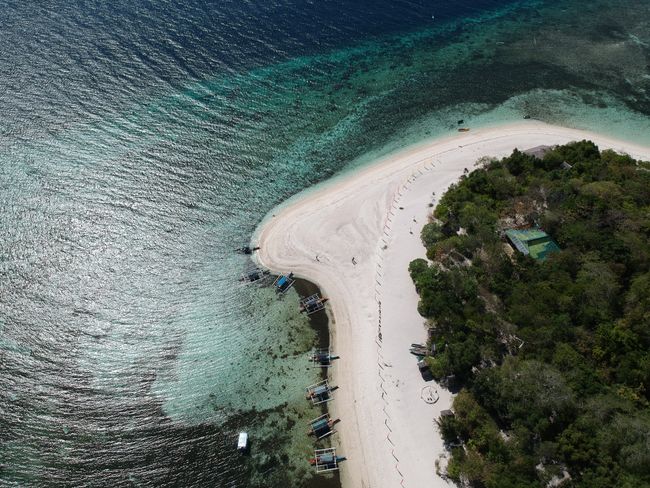
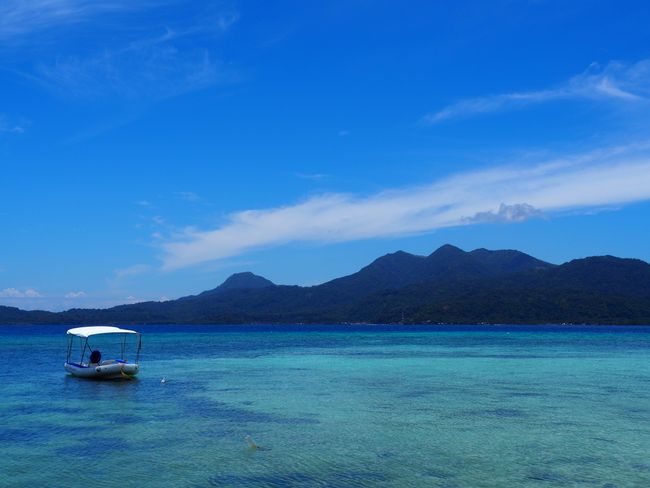
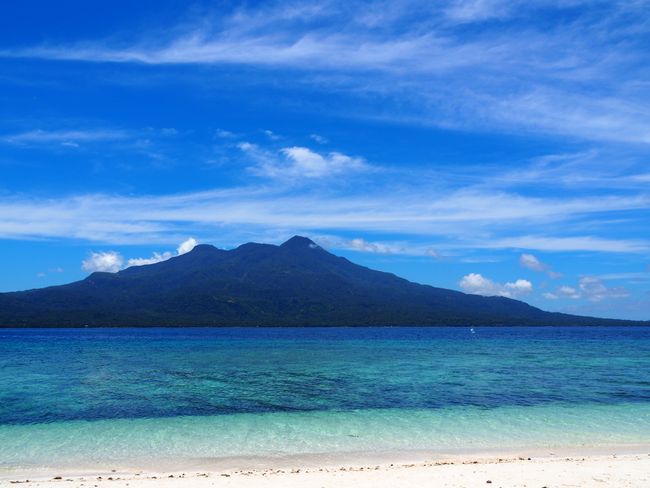
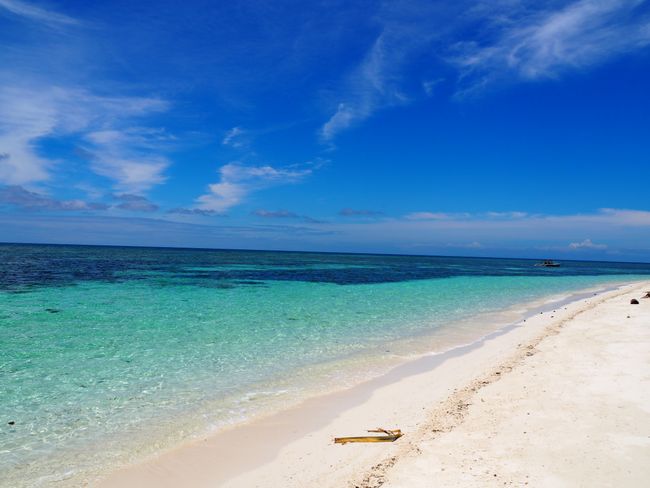
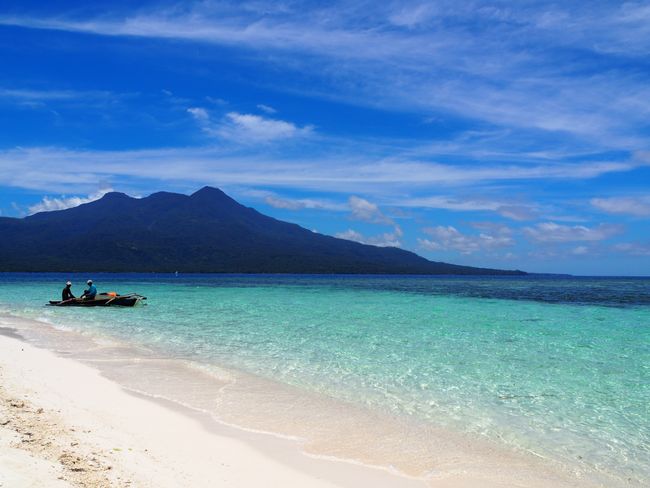
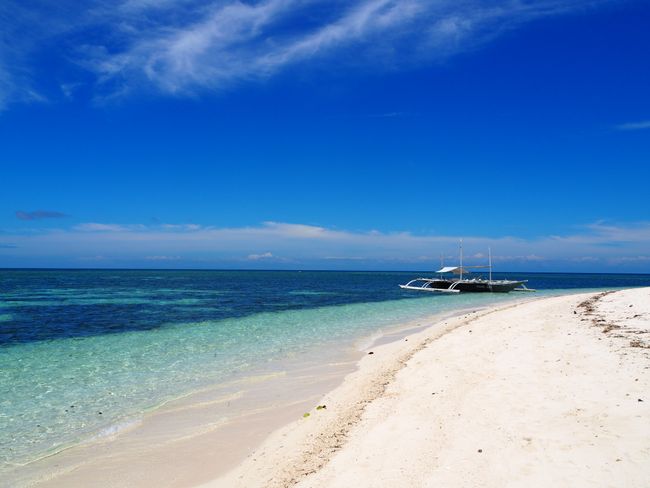
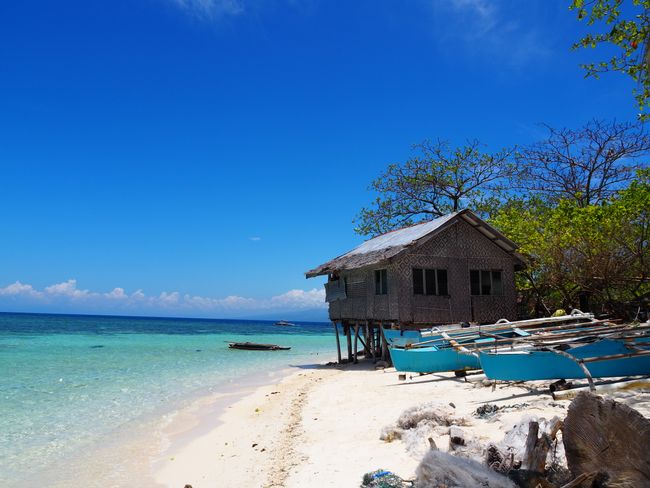
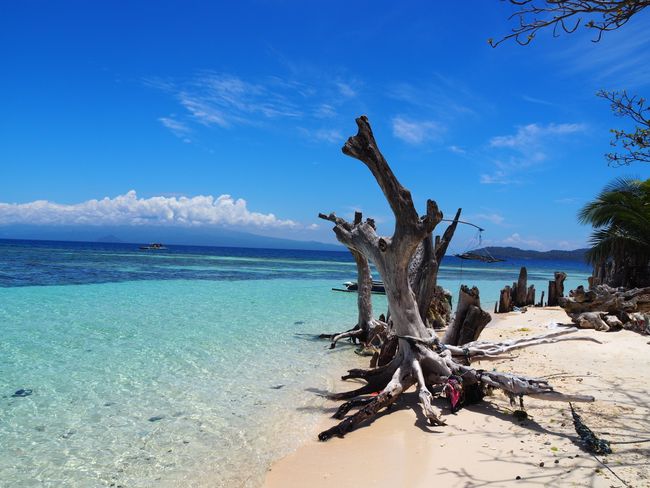
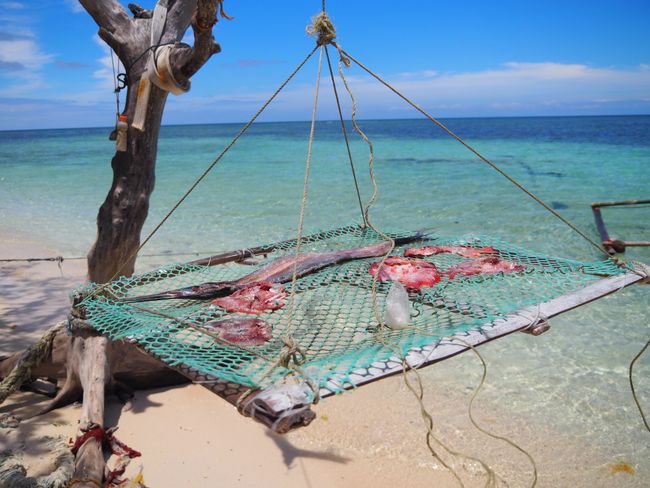
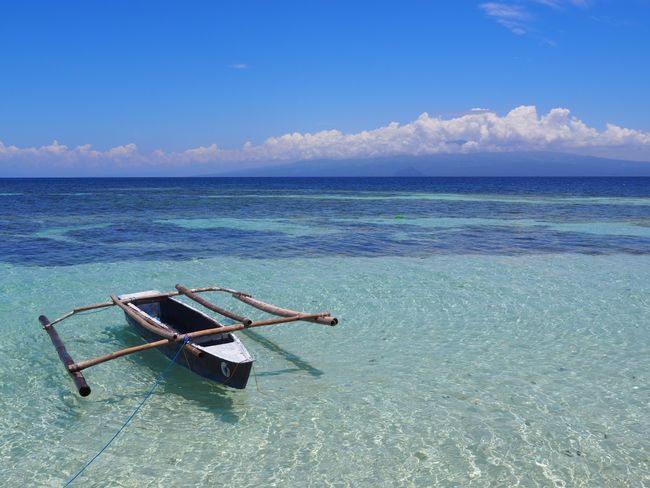
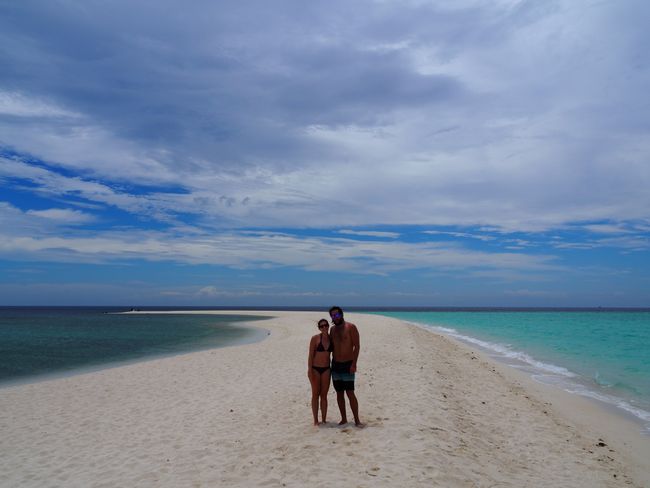
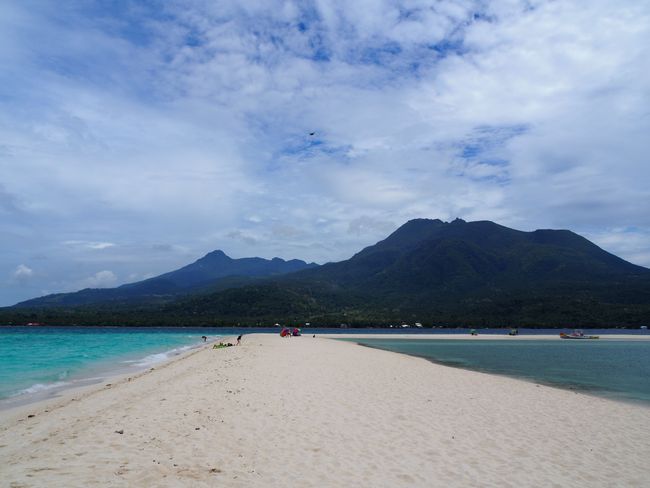

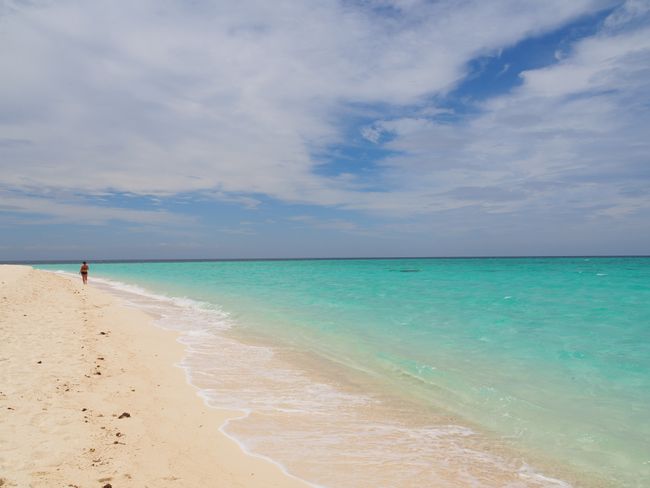
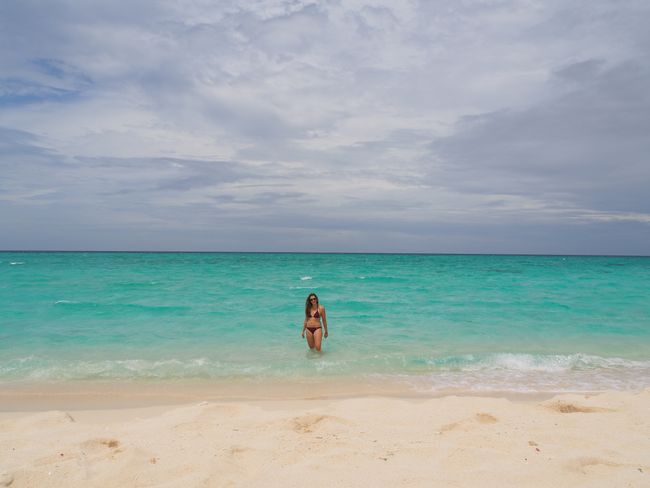
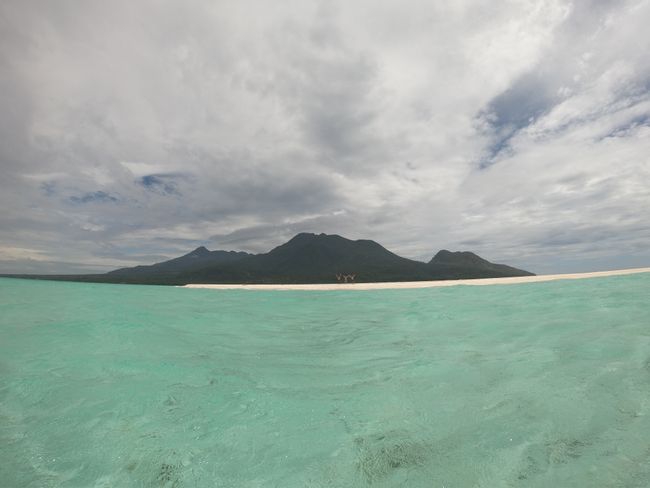
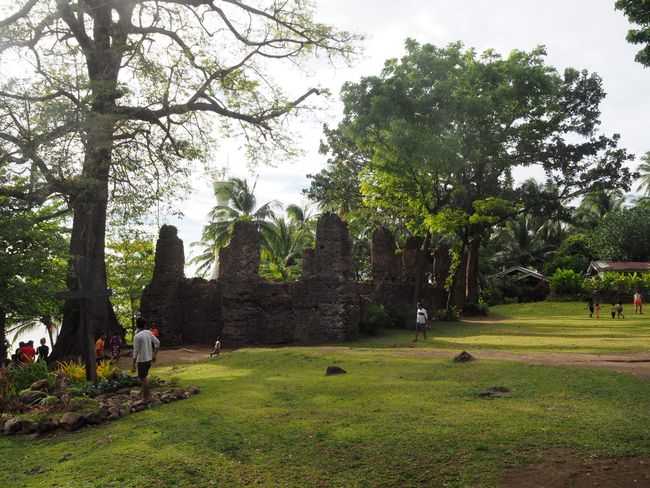
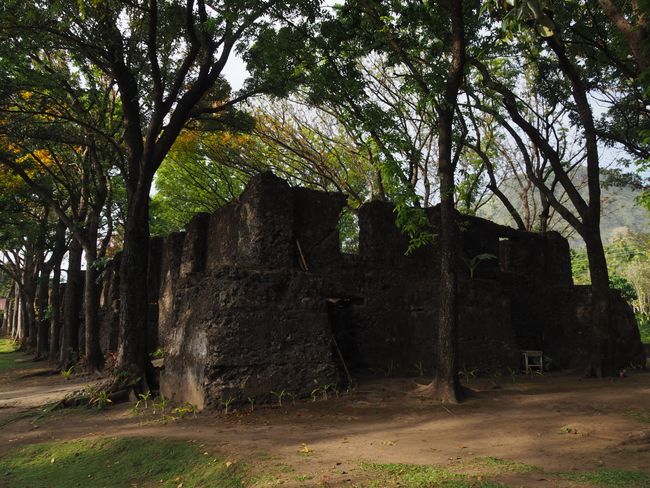
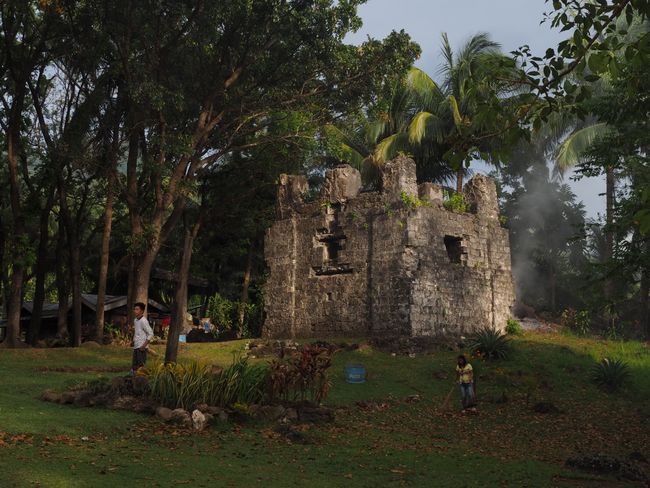
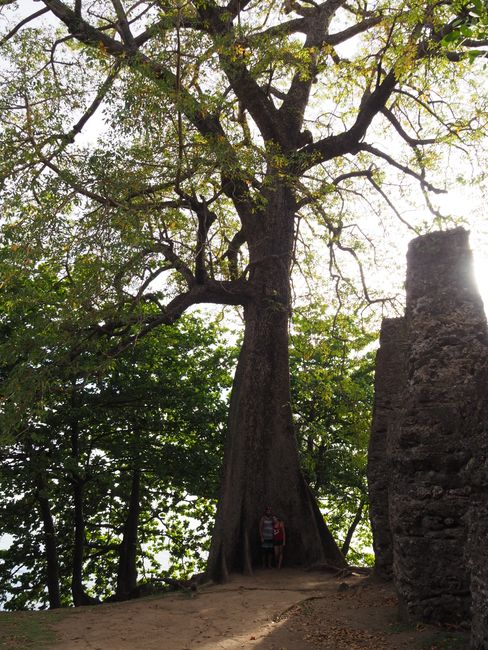
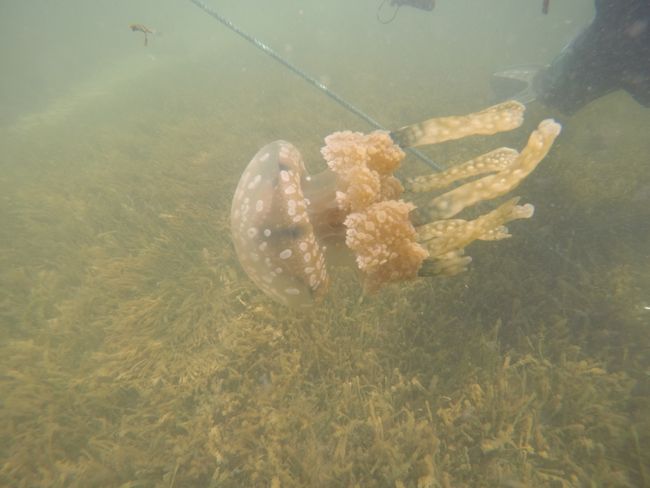
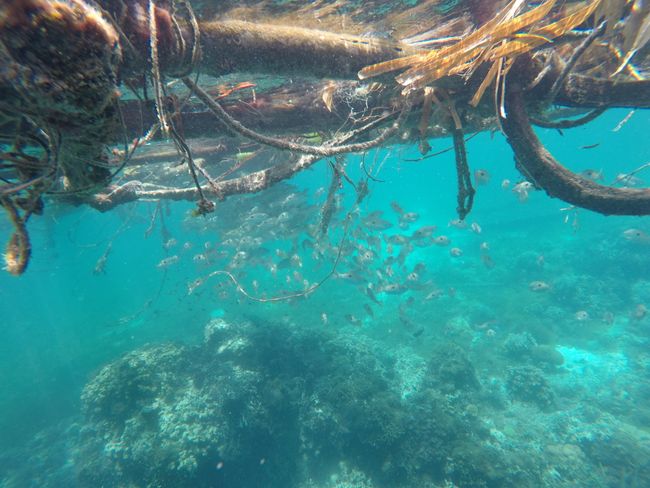
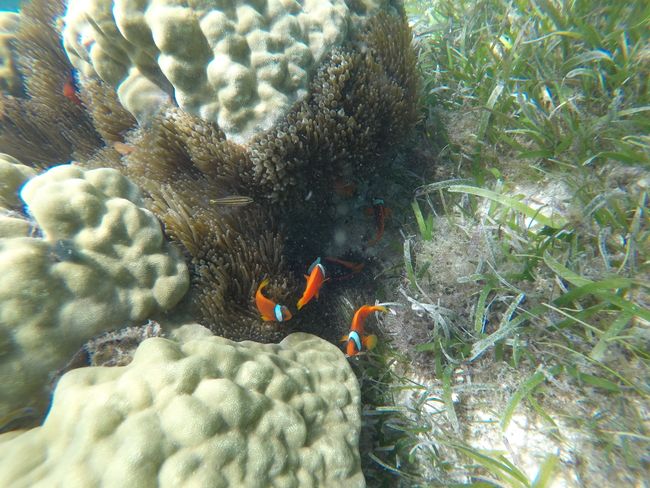
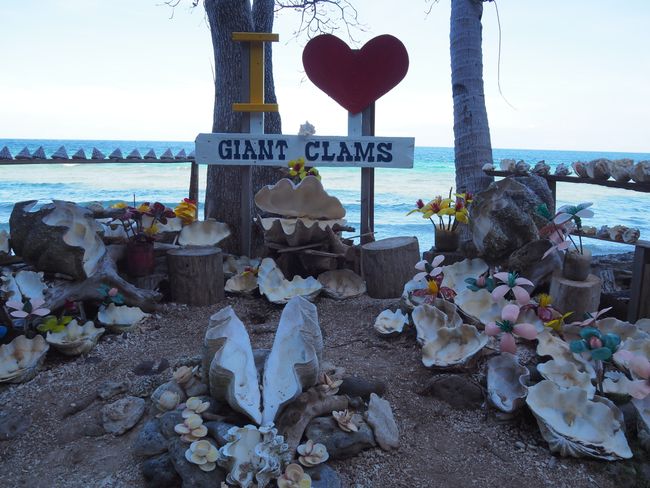
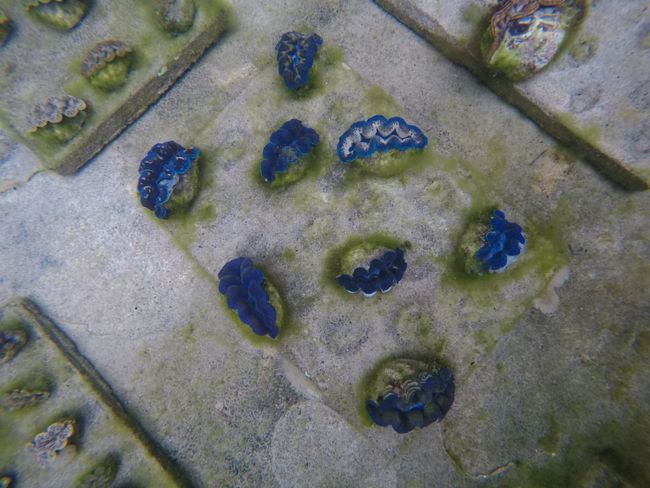
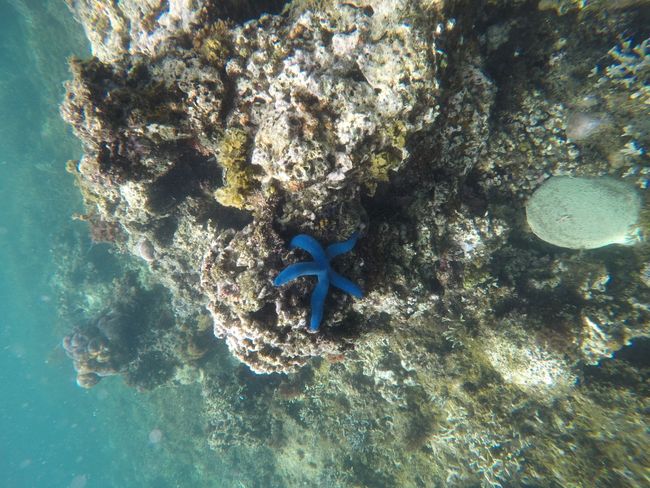
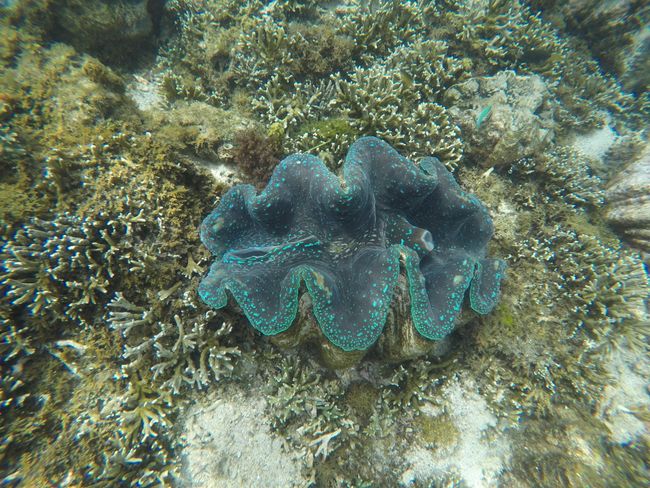
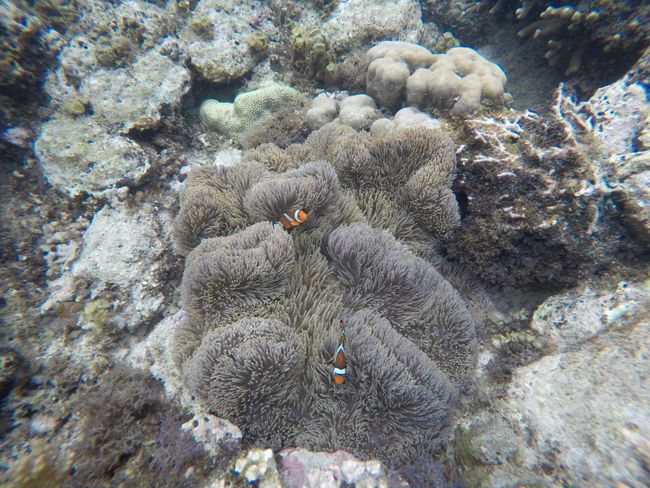
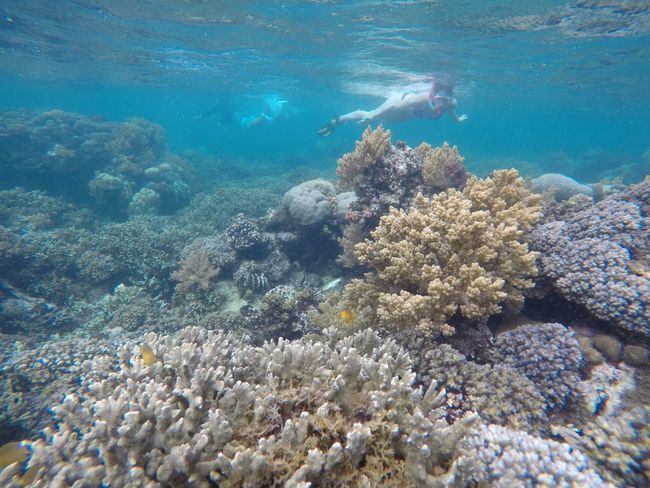
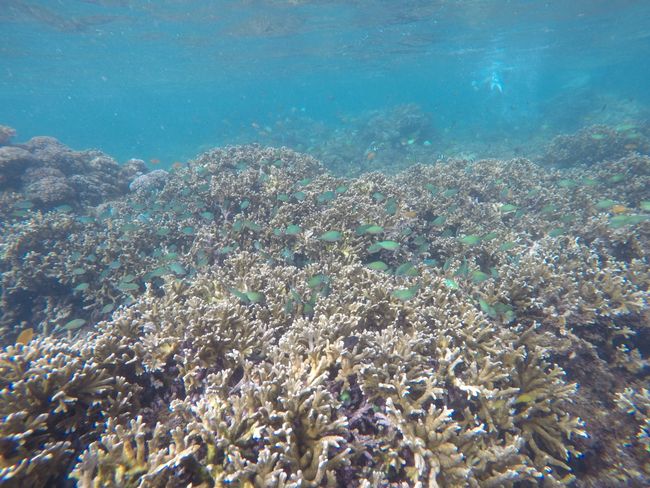
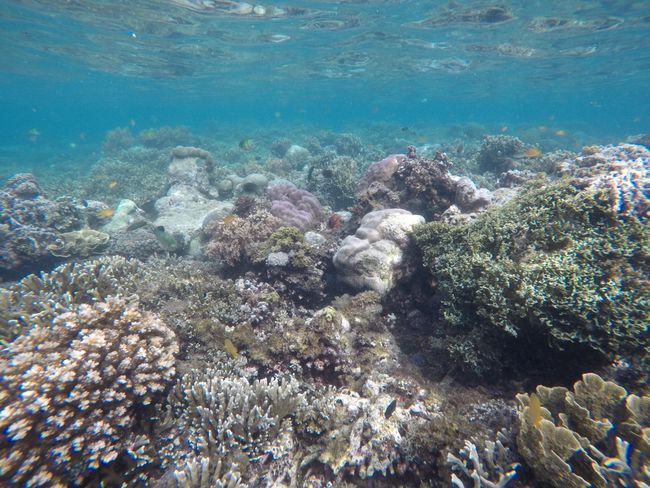
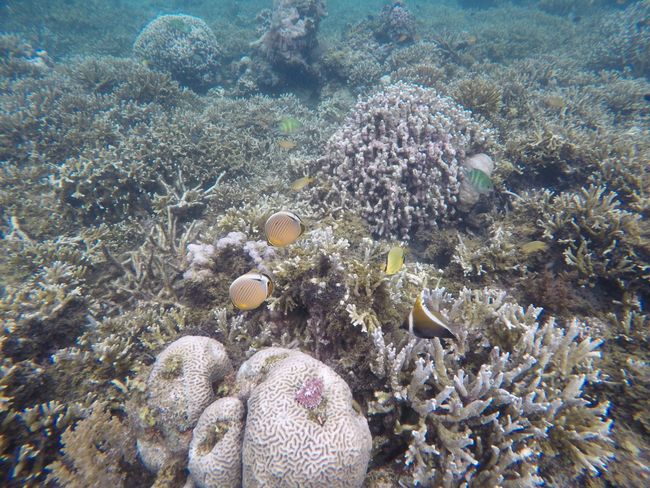
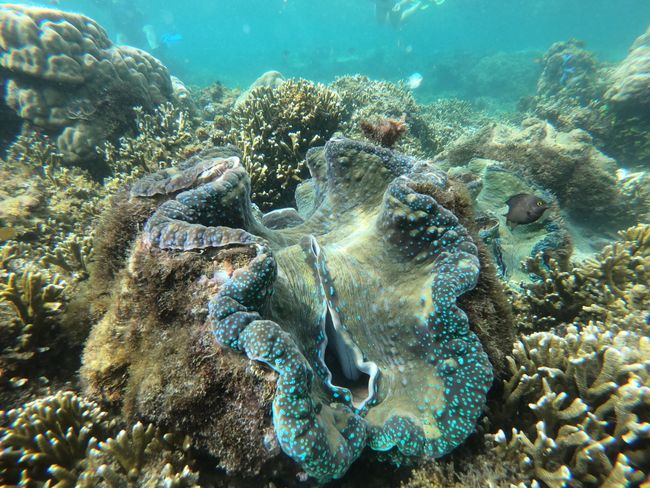
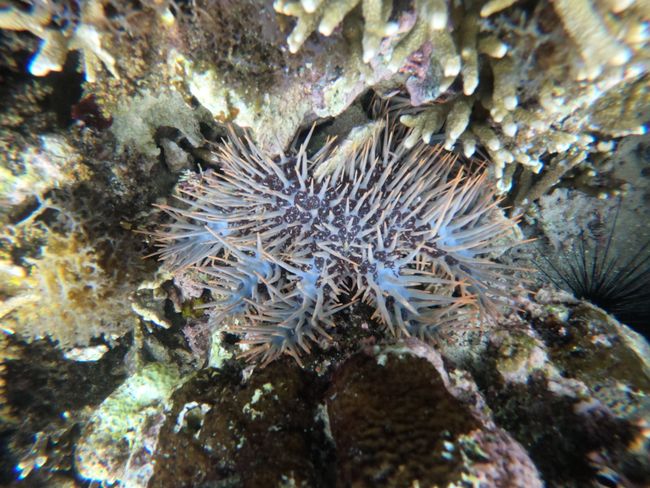
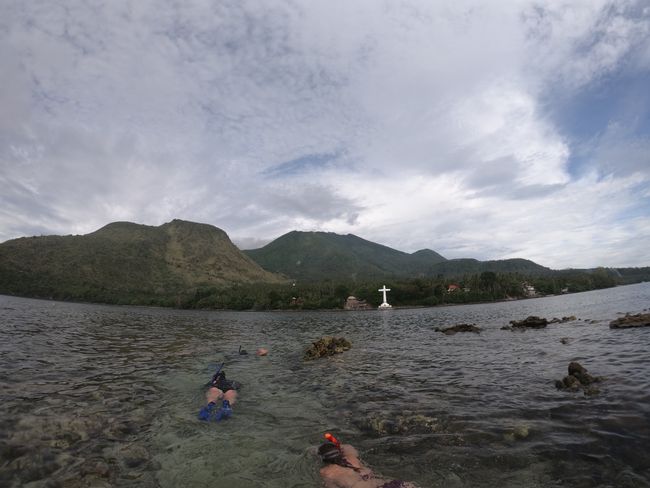
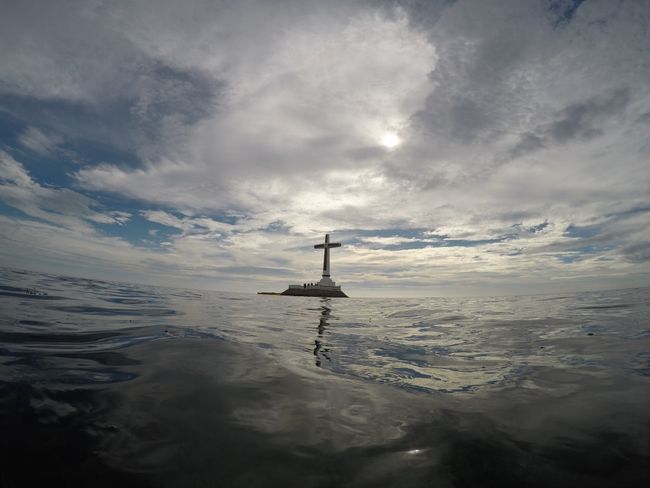
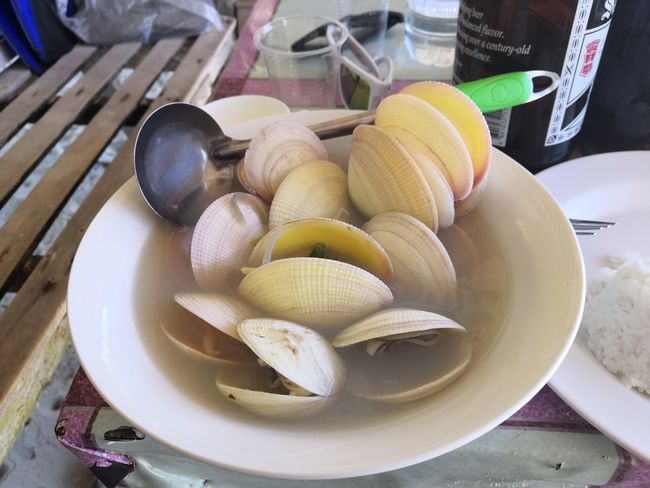
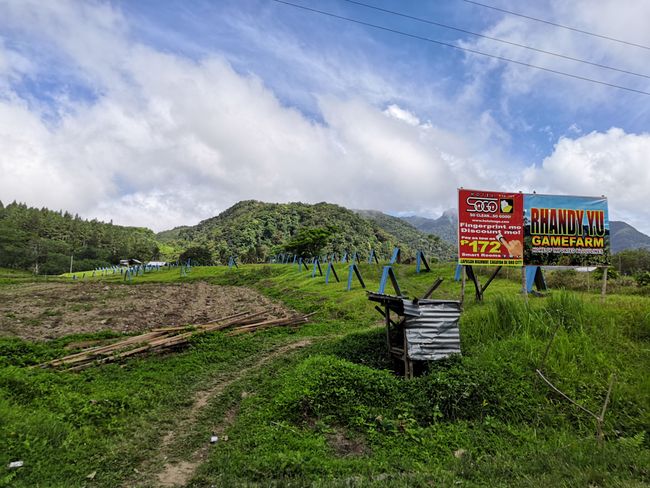
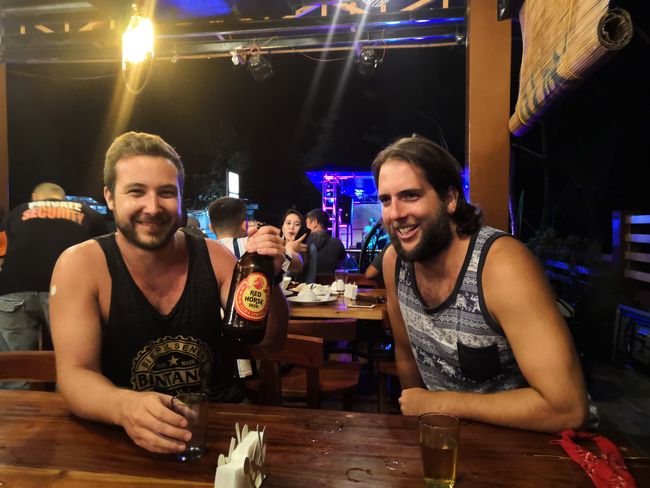
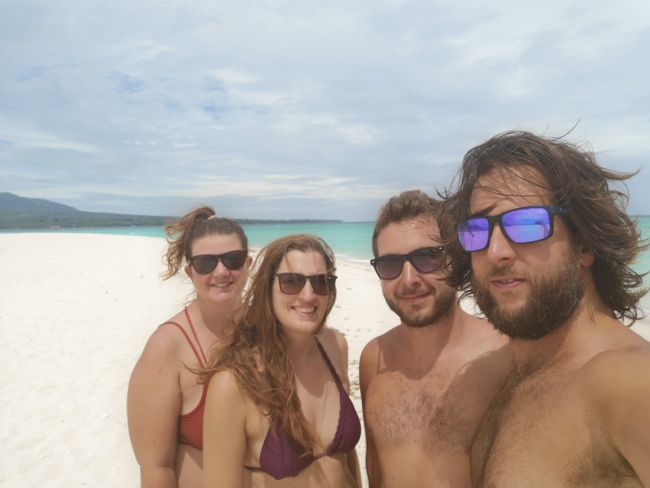
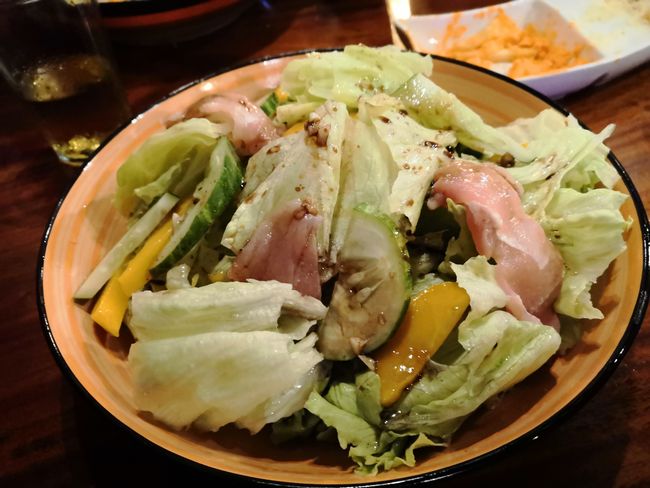
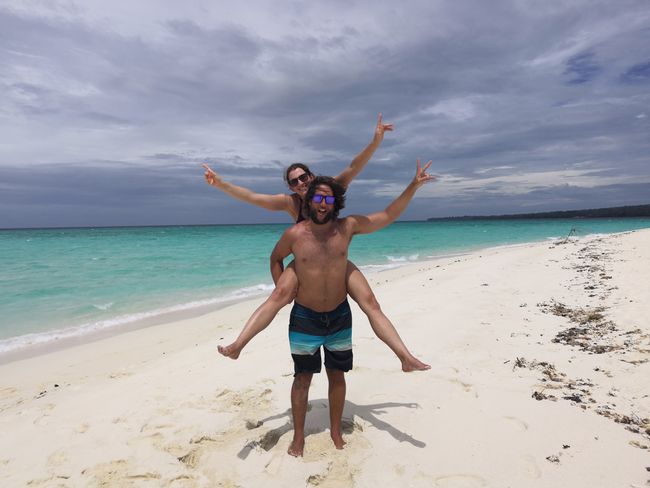
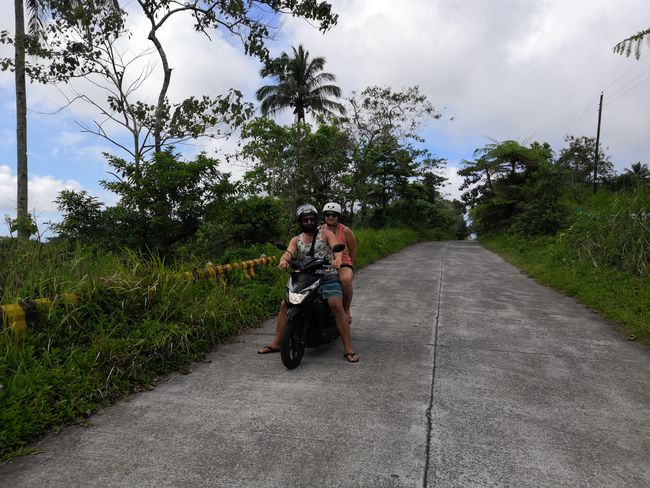
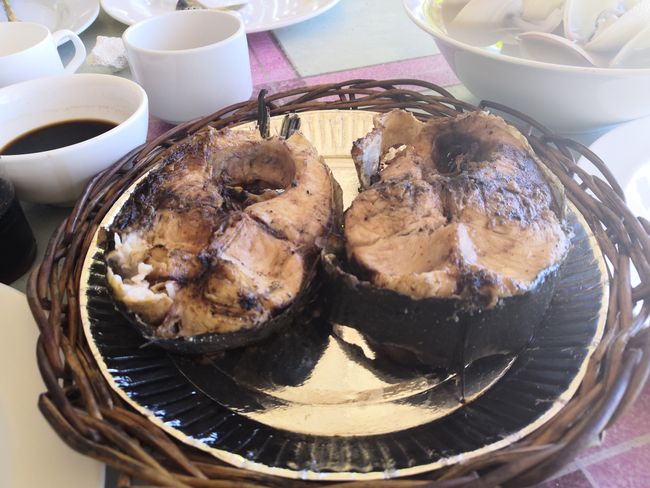
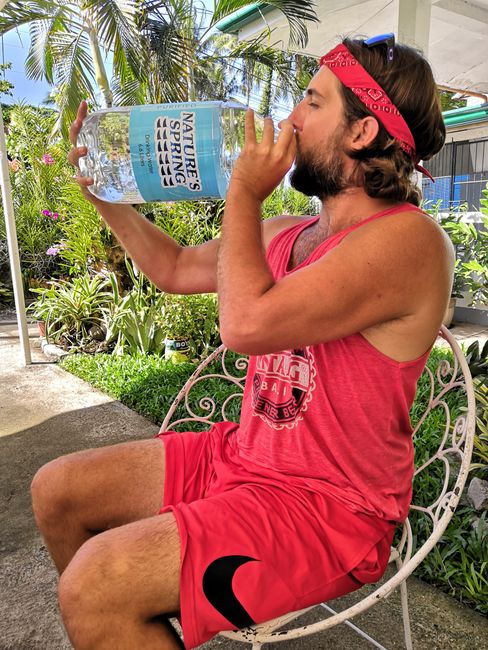
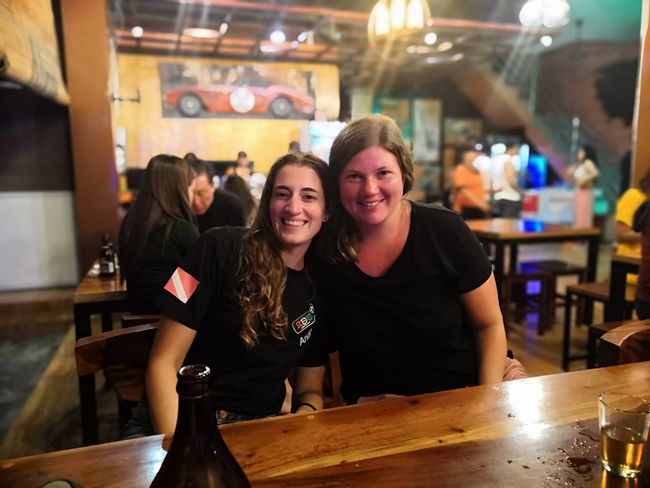
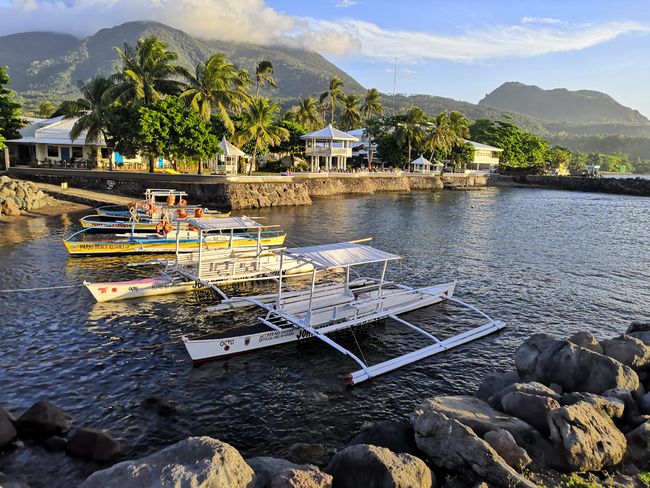
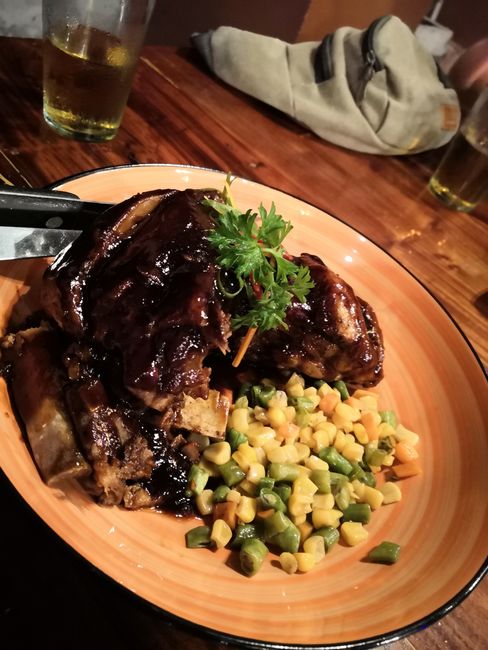
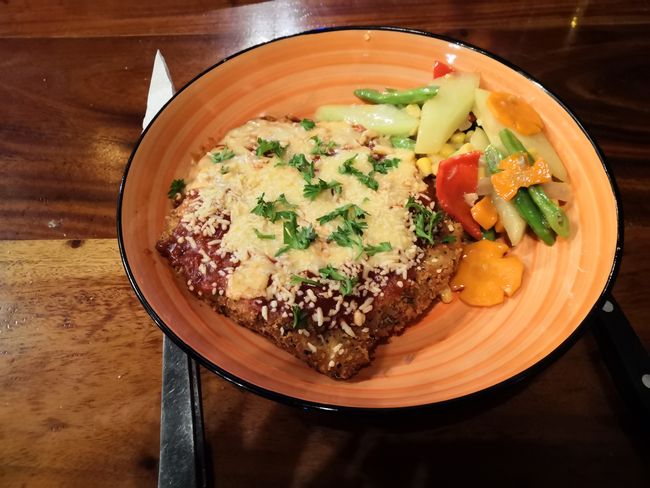
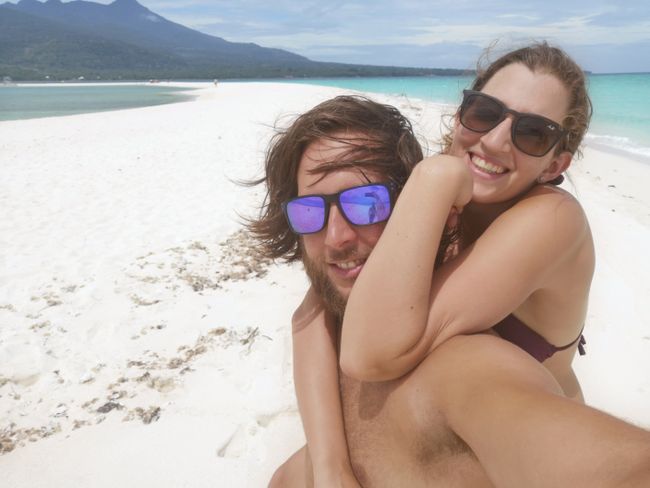

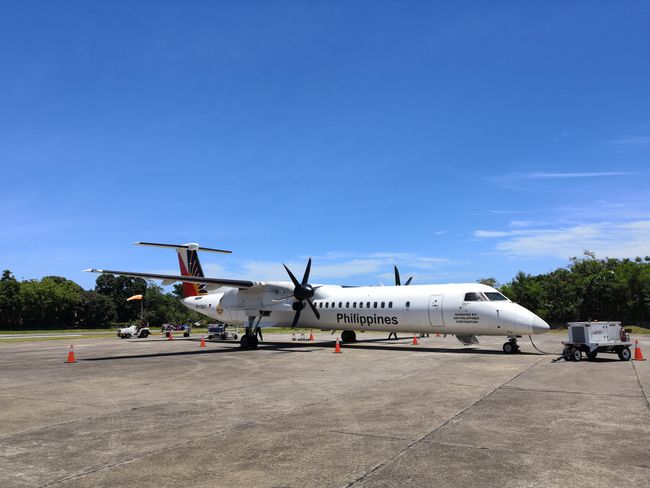
Пријавите се на билтен
The Philippine Airlines have come up with something very special to make it as difficult as possible for all travelers with checked baggage. The principle works as follows: In the cheapest price category, a larger bag (7 kg) and a smaller bag (4 kg) can be carried as hand luggage. The checked baggage is calculated by weight. 200 pesos (around 4 francs) must be paid per kilogram. If we had checked in our baggage, it would have been more expensive than the airline ticket. The major repacking began. Suddenly, our dirty laundry was worth its weight in gold, so we took everything on board the plane. Equipped with fully-filled daypacks and one huge plastic bag each - fortunately, nobody checked the weight of the hand luggage - we boarded the turboprop plane. By the way, our two backpacks weighed only 5 kg each. We didn't quite understand the principle of Philippine Airlines. Whether the baggage is loaded at the top or bottom of the plane, makes no difference in our view... The flight was pleasant. Arriving in Cebu, we spontaneously decided to fly to the small island of Camiguin. We booked the flight on the spot and just two hours later we were sitting in a small plane again.
This flight was also smooth. However, due to the overloaded runway, we were not able to land immediately. We circled six times and then landed safely. When we looked at the airport, we couldn't help but smile at the term 'overloaded runway'. The whole area consists of a small departure and arrival hall and a single runway. They probably had to chase a herd of water buffalo off the runway first, or find the shepherd who could scare the buffalo away. ;-) After a few minutes, the arrival hall was completely deserted. Only the four of us Swiss and two security guards remained. But at 12:00 o'clock sharp, they also went on their lunch break and we had the entire building to ourselves. Our intensive search for an inexpensive accommodation was relatively unsuccessful. We decided to go to Yumbing because there are supposedly many local accommodations there. We took a taxi and found what we were looking for at the second place. We took two family rooms with two double beds each for 20 francs per room. So we had plenty of space.
Camiguin is a very clean, green, and surprisingly non-touristy island. It is mainly the locals who come here for vacation. Camiguin has a lot to offer. We took two snorkeling trips. In the Giant Clams Sanctuary, huge clams are bred and released into the sea. During a small tour conducted by children, we learned a lot about the habitat of giant clams, their food, and their reproduction. Giant clams are threatened with extinction due to overfishing, environmental pollution, and as a result of the climate phenomenon El Niño (changed current leading to water warming). According to the children, the animals can grow up to two meters long and weigh up to 400 kg. The animals light up in a variety of colors. The crucial factor here is not the lineage, but the species of algae that settle on their mantle. Together with two guides, we were allowed to go see the giant clams in the sea after class. We discovered small, medium-sized, and huge specimens in all sorts of colors. We were warned not to touch the clams, as they might snap shut and could potentially sever a hand. This is a deliberate misinformation to scare mostly Chinese tourists. Giant clams actually have a very slow closing mechanism. Due to the strong current, we were only able to stay very briefly with the clams - but the trip was impressive nonetheless. The second snorkeling spot is located at the sunken cemetery. After the volcanic eruption in 1871, the cemetery sank. Today, you can find healthy corals and numerous species of fish there. Since we started our trip at low tide, we had to be careful not to touch anything. At times, we were only half a meter above the corals. It is a beautiful and colorful coral reef. We were able to observe the small and medium-sized fish up close. Mathias and Markus even discovered a sea snake. They are poisonous, but not aggressive.
We took trips to White Island and Mantigue Island. White Island is a sandbank located just a few hundred meters from the main island. The sand is white and the water is turquoise. Mantigue Island is larger and a bit further away from Camiguin. There is a fishing village and a small restaurant on the island. The selection was limited to rice with fish, mussels, pork, or chicken. The fish was fresh and tasted excellent. A beer had to suffice as a source of vitamins and minerals. The island is definitely worth a visit. The beach is beautiful and a reef is just a few meters away from the shore. Here we discovered schools of fish. The reefs around Camiguin are in a surprisingly good condition.
On Camiguin, you can visit waterfalls, cold and hot springs. The residents take care of their island and are very proud of their homeland. A lifeguard introduced us to each of the twelve attractions of the island for over an hour and also put together a suitable program for us. We visited two waterfalls, a soda spring, and a hot spring. The soda spring didn't bubble and the hot spring was rather warm than hot, but both were still beautiful. The nature is particularly fascinating. There are real palm and rainforests. The whole island is covered with palm trees and is home to a total of seven volcanoes. Rice is grown in fields, which shine in a juicy green color. During the rainy season, the colors are probably even more intense.
The journey continues to the neighboring island of Bohol by ferry.
Ps: We would like to thank Iris and Markus for the great drone footage.
Here is a short video of a snake while snorkeling:
Пријавите се на билтен
Одговор
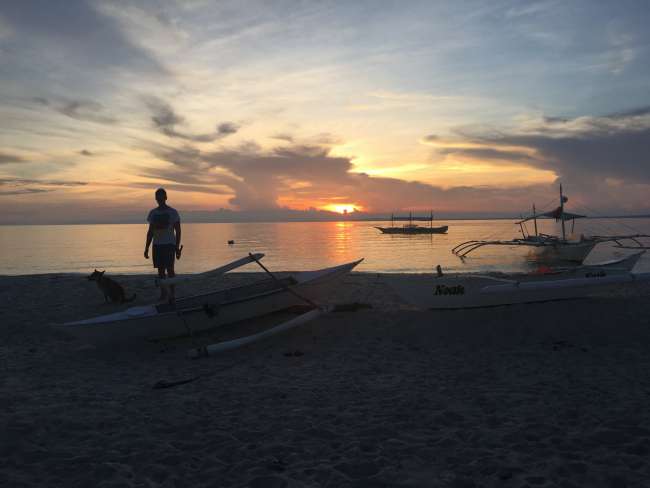
Извештаји о путовањима Филипини
